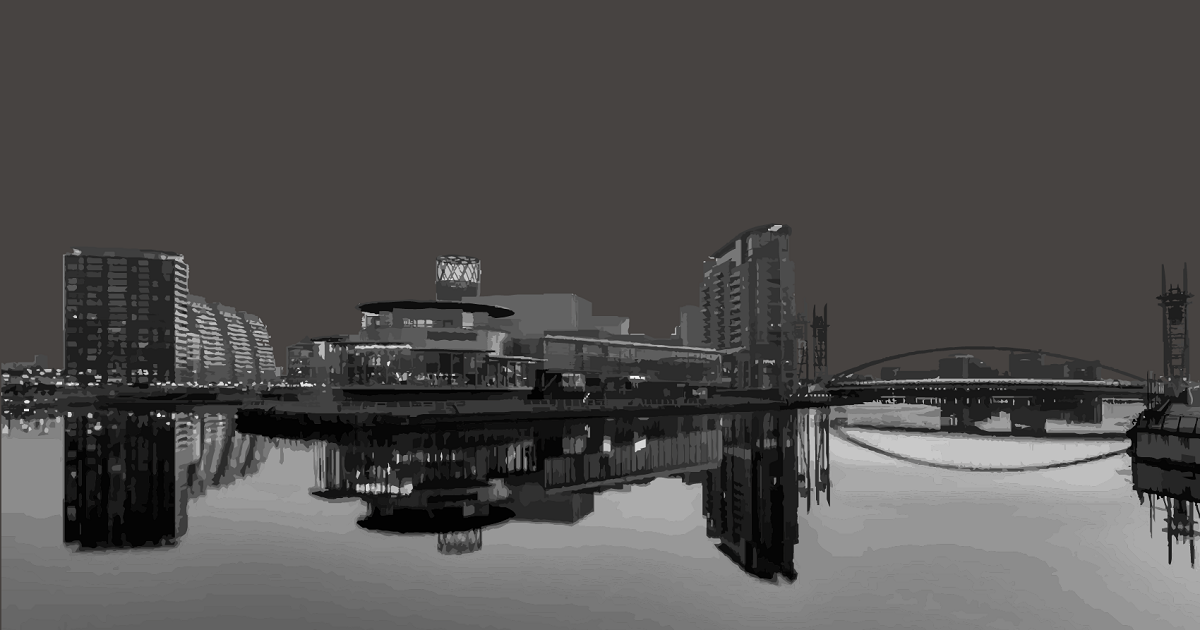By 2030, the global population of over 60s will have increased to 1.4 billion representing a global phenomenon in ageing and an opportunity for the BtR market to respond with new investment grade products to serve the senior market.
The relative newness of BtR means that new lessons are being learned at every turn and the market is evolving, particularly in relation to understanding the changing wants and needs of customers. To date, BtR has focused more on the young professional market with amenities provision including cinemas, private dining rooms, concierges and gyms, but its potential to transform retirement living presents an interesting opportunity for consideration.
It has become increasingly apparent that at the heart of successful BtR is the need for flexibility, after all most schemes take between three and five years to come to fruition; a long time in relation to evolving tenant expectations. Already, there are some interesting examples of where BtR investors are starting to embrace greater flexibility. Manchester’s Number One Greengate removed two income producing apartments in order to extend the gym because this amenity was over-subscribed and in huge demand by tenants. While this is only possible where building design allows it, it shows that BtR schemes need to be able to adapt in order to keep pace and compete.
Flexibility will be an even more important component for those BtR investors that choose to cater for the retirement market. An aging population means that someone moving into a retirement apartment at 65 could live for another 20-25 years – a time period in which their needs will change profoundly. It’s also important to note that as we live longer, the idea of ‘old age’ shifts too, with retirement spanning a far greater range of needs and lifestyle choices. This could vary from the amenities that BtR already offers through to hairdressers, social clubs and even assisted living. BtR schemes for this market have the potential to help keep the older generation independent for longer and contribute to easing the social care crisis, but in doing so their customer service will have to stand up to the rigours of a demanding and often very vocal generation.
DeTrafford Estates is one innovative developer using BtR to cater for this market. Plans for Transition, located off Deansgate in Manchester, include dedicating 50 units to retirement living with specific amenities and a dedicated entrance. Giving greater consideration to this generation also helps to unlock movement elsewhere in the market, providing tailored properties for them to go to and releasing much-needed family homes back into the residential market.
However, for BtR to continue to flourish, greater education is still needed about the market as a whole and what this requires of buildings, spaces, customer service and local authority involvement. True flexibility needs to be designed into BtR buildings from the outset, rather than residential schemes being turned into BtR schemes retrospectively which we have seen happen extensively over the last five years. Education would be addressed if BtR had its own use class, for it would inform the local authority and key stakeholders of developers’ intentions from the outset, in turn making it easier to manage Section 106 agreements and giving greater regard to the composition of new communities as a whole.
Perhaps the biggest challenge of all is that the BtR industry is still without industry wide benchmarks. The market is still in a place of learning and as such many developers and funders may be reticent to be the first to cater for the needs of the older population. What is clear, is that flexibility is integral to BtR’s ongoing success. It provides the means to futureproof buildings and keep amenity-led spaces highly relevant and competitive, regardless of which generation they serve.
REGISTER FOR UPDATES
Get the latest insight, event invites and commercial properties by email

